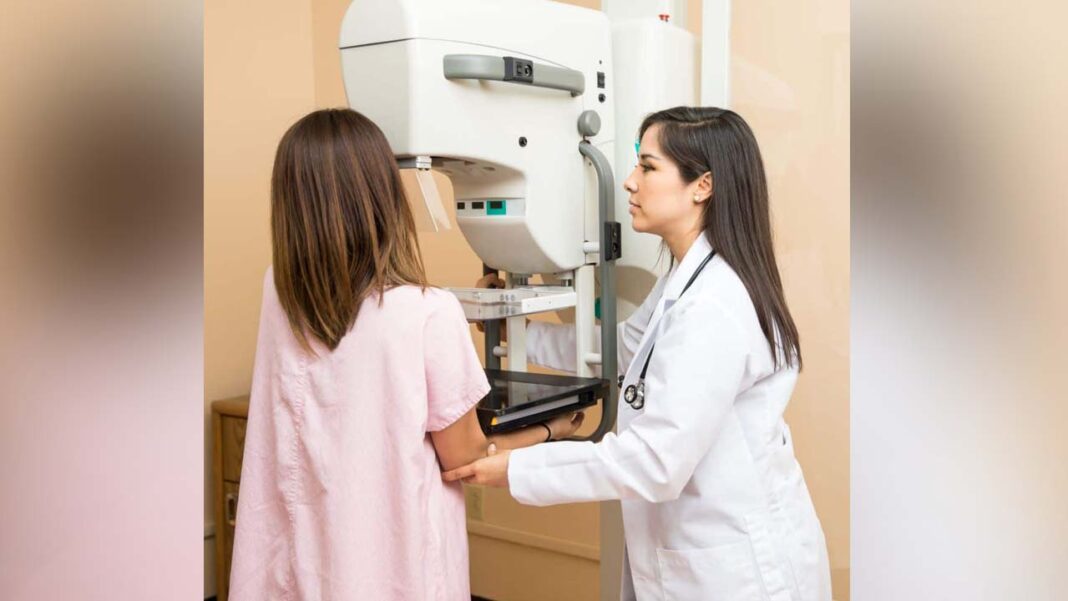In India, breast cancer is the type of cancer that affects the most women. According to the Indian Council of Medical Research (ICMR), an estimated 1.6 lakh Indian women are diagnosed with breast cancer each year. Studies show that screening mammograms can reduce the risk of death from breast cancer by up to 30%. Mammograms are therefore essential for early detection, which in turn leads to early initiation of effective therapy and higher survival rates.
Low-dose X-ray imaging tests such as mammograms can identify breast cancer in its earliest stages, even before any symptoms appear. Early detection of breast cancer increases the likelihood that it will remain within the breast and reduces the risk of it spreading to other body areas.
Considering how crucial mammograms are, many women are hesitant to get them because of a variety of myths and misunderstandings. Prof. Dr. Somashekhar S.P., Lead Consultant, Surgical & Gynaecological Oncology & Robotic Surgeon, HIPEC & PIPAC Super-specialist, Aster CMI Hospital, Bangalore, shared a few of the most prevalent misconceptions concerning mammography:
l Myth 1: Mammograms
are painful and uncomfortable
Mammograms are mostly painless; however, they can occasionally cause a little discomfort. In order to capture the image, the breast is compressed by the X-ray equipment for a brief period of time. A heating pad can be used, or painkillers can be taken prior to the mammography to increase comfort. There are other things that can be done to make the mammogram experience more bearable.
l Myth 2: Mammograms are only
necessary for older women
Women aged over 40 should prioritise getting a mammogram. This is because the risk of breast cancer increases with age. Younger women with a family history of breast cancer must consult their physician for screening for breast cancer.
l Myth 3: Radiation from
mammograms causes Cancer
Mammograms expose people to very low radiation. In actuality, it is less than the annual radiation exposure humans get from the environment. Radiation exposure concerns are greatly outweighed by the advantages of mammography.
l Myth 4: Mammograms are always accurate
Mammograms aren’t always reliable, and no test is. There is a small chance of a false positive result, which means that the mammogram shows an abnormality even if there is no cancer. Moreover, there is a slight possibility of a false negative result, which implies that there may be cancer present but the mammogram does not reveal anything wrong.
l Myth 5: There’s no need for
mammograms if there’s no family history
While having a family history of breast cancer increases the likelihood of getting the disease, it’s crucial to remember that women without a history of the disease are equally at risk. In actuality, 85% of breast cancer patients are female and have no known family history of the condition. This is why it’s crucial for all women, regardless of their family history, to have routine mammograms.
Step-by-Step Process for
Getting a Mammogram
1. Your physician or a radiology facility can help you make a mammography appointment.
2. To complete any paperwork, get there 15 minutes early for your appointment.
3. You will be led to a changing room by a mammography technician so you can take off your shirt.
4. After that, you will face the mammography machine. Your breast will be gently compressed with a paddle when the technician places it on the machine. This makes it easier to snap a crisp picture and flatten the breast.
5. Then, the technician will photograph each breast twice. The whole procedure lasts around ten minutes.
6. You can get dressed and depart after the scans have been taken. A radiologist will send the scans to the technician for analysis.
Tips to Make the Experience
More Comfortable
1 When your breasts are not as sore, such as right after your period, schedule your mammogram for that time.
2 Tell the technician if you experience any pain or discomfort during the mammography.
3 Another option is to try taking a painkiller prior to the exam.
4 To provide support, bring a friend or family member with you to the appointment.




